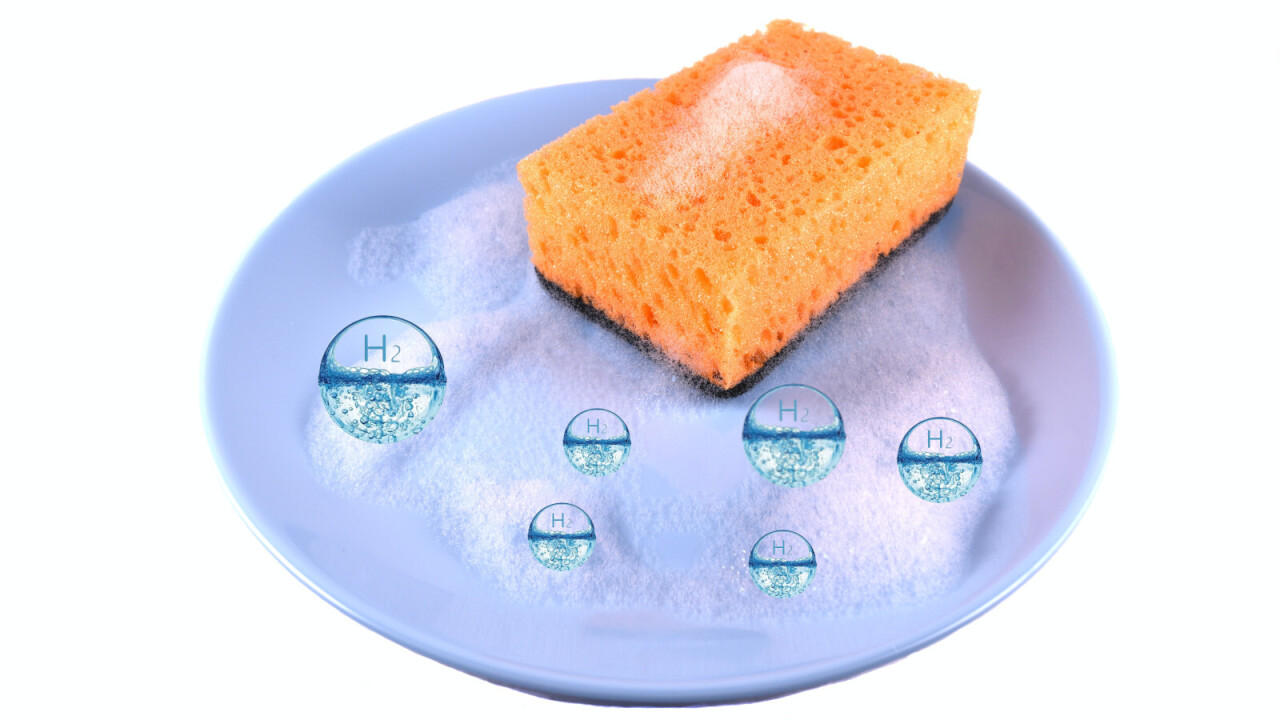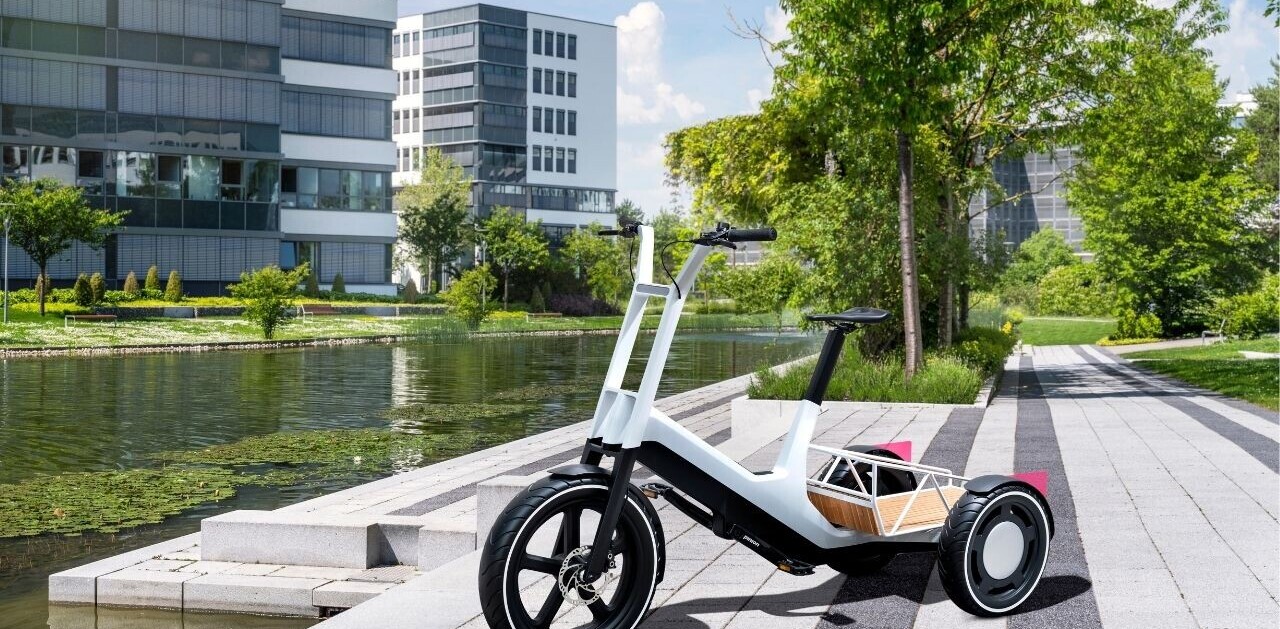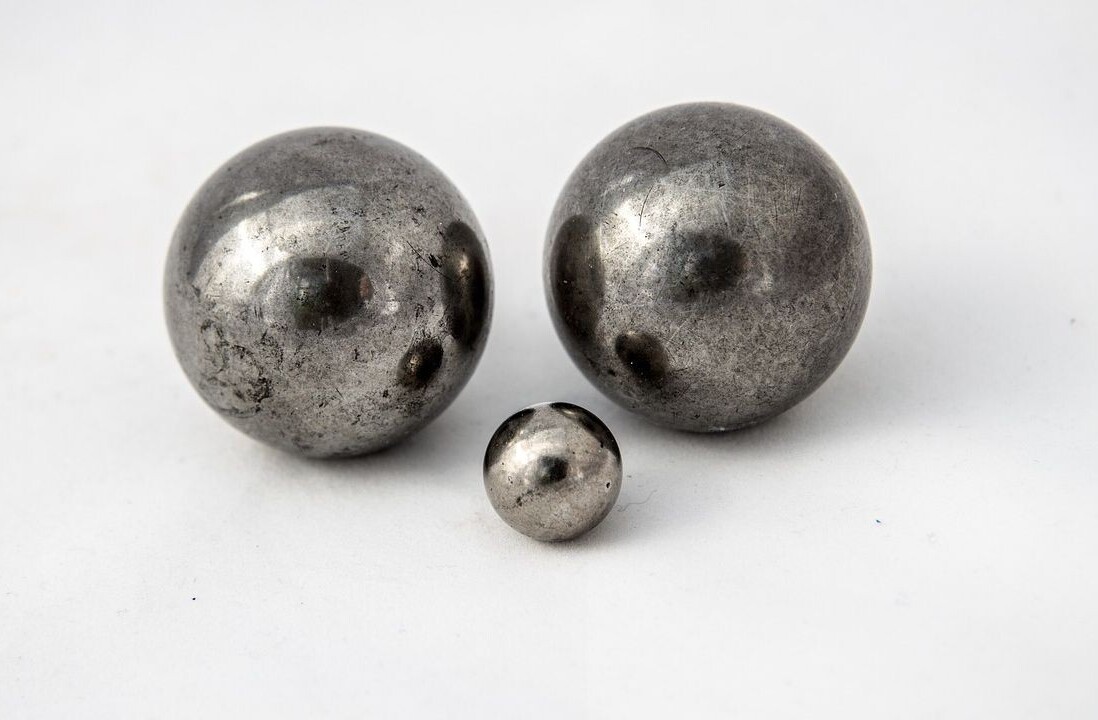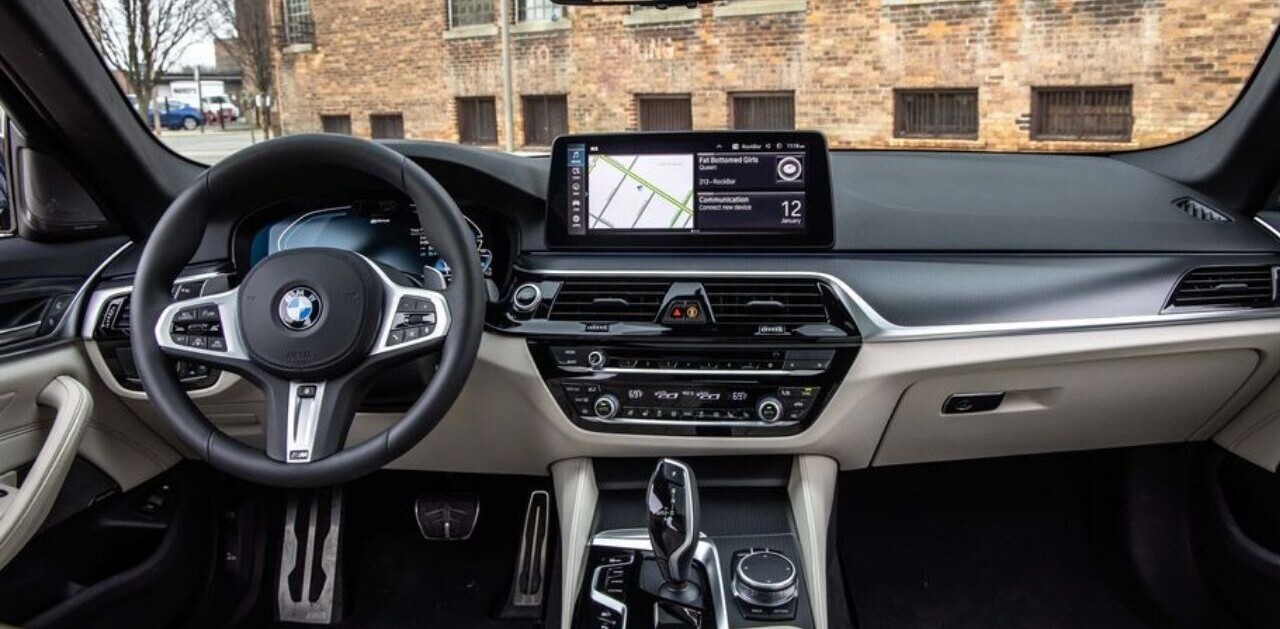
A group of scientists claim to have made a breakthrough that addresses one of the biggest challenges associated with hydrogen cars. It could make hydrogen electric vehicles (HEVs) safer and give a significant bump to the distance they can travel on one tank.
Researchers led by scientists from Northwestern University, Illinois, say they have developed a metallic sponge-like material that’s capable of storing greater quantities of hydrogen at much lower — and safer — pressures when compared to conventional tanks.
[Read: BMW readies for hydrogen-powered X5 tests in 2022]
“It’s like a bath sponge but with very ordered cavities,” Prof Omar Farha, from Northwestern University in Evanston, US, told the BBC. You can wipe up spilled water with a sponge, and reuse the water by squeezing the sponge, they added.
With the new material, the scientists apply the same principle, using pressure to “store and release [hydrogen] gas molecules.”

Conventional tanks store hydrogen at pressures some 300 times greater than car tires, around 10,000 psi (700 bar). As a result, these tanks must be robust and have thick walls, and that makes them costly to produce. Using current technologies, most hydrogen-powered EVs can only really be driven around 500 km (around 300 miles) on one tank.
Immense pressures are needed because hydrogen is incredibly light and not that dense. According to a BBC report, to store 1 kg of hydrogen at ambient pressures, you’d need an 11,000 liter tank. So it’s not all that practical at the moment.
But using the metallic sponge, officially called NU-1501, tanks could be made with thinner walls and larger capacities, simultaneously giving a bump to HEVs’ range and safety.
Hydrogen, the alternative to the alternative
Many automakers are leaning on battery technology for the electric vehicles. But others, like Toyota and BMW, are also exploring hydrogen technologies.
Earlier this year, BMW announced the next generation of its hydrogen fuel cell drivetrain, and casually mentioned that real world tests would begin in the next couple of years.
For those drivers, hydrogen cars could be the easy answer, as fueling is pretty. In the UK, industry bodies estimate that some 40% of households don’t have access to off-street parking to charge EVs.
For those drivers, hydrogen cars could be the easy answer as fueling is pretty much the exact same process as for a gasoline car.
Read the full research paper from Northwestern Univseristy here.
*Disclaimer: It’s not actually a sponge like the one in the header image.
Update, April 22, 0806UTC: This article has been updated for clarity.
Get the TNW newsletter
Get the most important tech news in your inbox each week.




